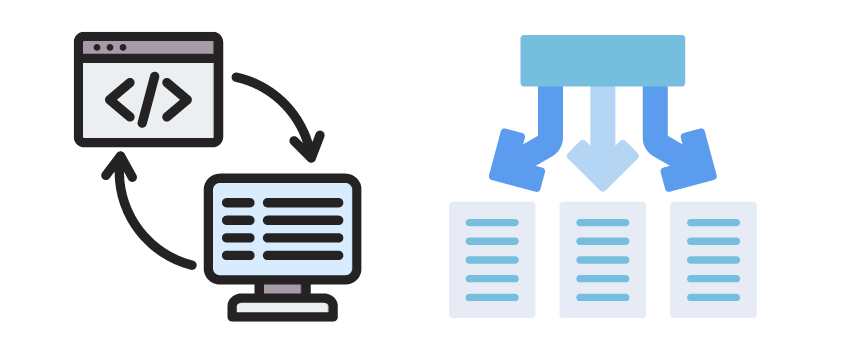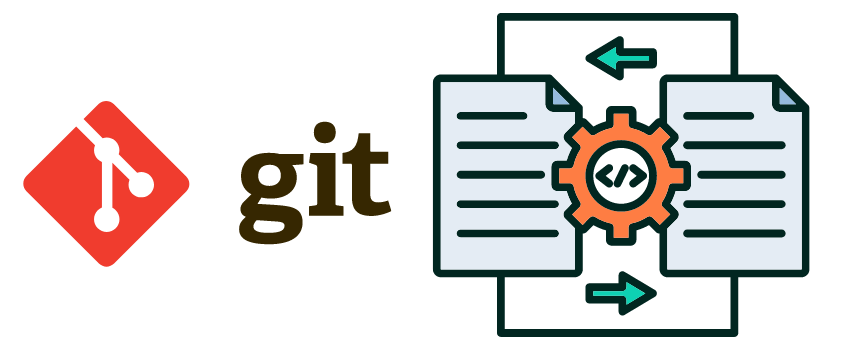The Basics of Version Control
Version control, also known as source control, is the practice of tracking and managing changes to software code. Version control systems are software tools that help software teams manage changes to source code over time. As development environments have accelerated, version control systems help software teams work faster and smarter. They are especially useful for DevOps teams since they help them to reduce development time and increase successful deployments. Version control software keeps track of every modification to the code in a special kind of database. If a mistake is made, developers can turn back the clock and compare earlier versions of the code to help fix the mistake while minimizing disruption to all team members.
Why Version Control system is so Important?

As we know that a software product is developed in collaboration by a group of developers they might be located at different locations and each one of them contributes to some specific kind of functionality/features. So in order to contribute to the product, they made modifications to the source code(either by adding or removing). A version control system is a kind of software that helps the developer team to efficiently communicate and manage(track) all the changes that have been made to the source code along with the information like who made and what changes have been made. A separate branch is created for every contributor who made the changes and the changes aren’t merged into the original source code unless all are analyzed as soon as the changes are green signaled they merged to the main source code. It not only keeps source code organized but also improves productivity by making the development process smooth.
How Git Works
As the name Version Control suggests, it is a system that records changes made to a file or a set of files. The system refers to the category of software tools that make it possible for the software team to look after the source code changes whenever needed. The system records all the made changes to a file so a specific version may be rolled if required in the future. The responsibility of the Version control system is to keep all the team members on the same page. It makes sure that everyone on the team is working on the latest version of the file and, most importantly, makes sure that all these people can work simultaneously on the same project. Let's try to understand the process with the help of this diagram: There are 3 workstations or three different developers at three other locations, and there's one repository acting as a server. The work stations are using that repository either for the process of committing or updating the tasks.

There may be a large number of workstations using a single server repository. Each workstation will have its working copy, and all these workstations will be saving their source codes into a particular server repository. This makes it easy for any developer to access the task being done using the repository. If any specific developer's system breaks down, then the work won't stop, as there will be a copy of the source code in the central repository.
Benefits of Version Control

1. Quality Teams can review, comment, and improve each other's code and assets. 2. Acceleration Branch code, make changes, and merge commits faster. 3. Visibility Understand and spark team collaboration to foster greater release build and release patterns. Better visibility improves everything from project management to code quality.
Conclusion
Version control systems are essential tools for managing and tracking changes to software code, enabling collaboration among distributed development teams. They enhance productivity by maintaining an organized codebase, allowing for simultaneous work on different features, and providing the ability to roll back changes if needed. By ensuring everyone works on the latest version and facilitating code reviews, version control improves both the quality and speed of software development.


